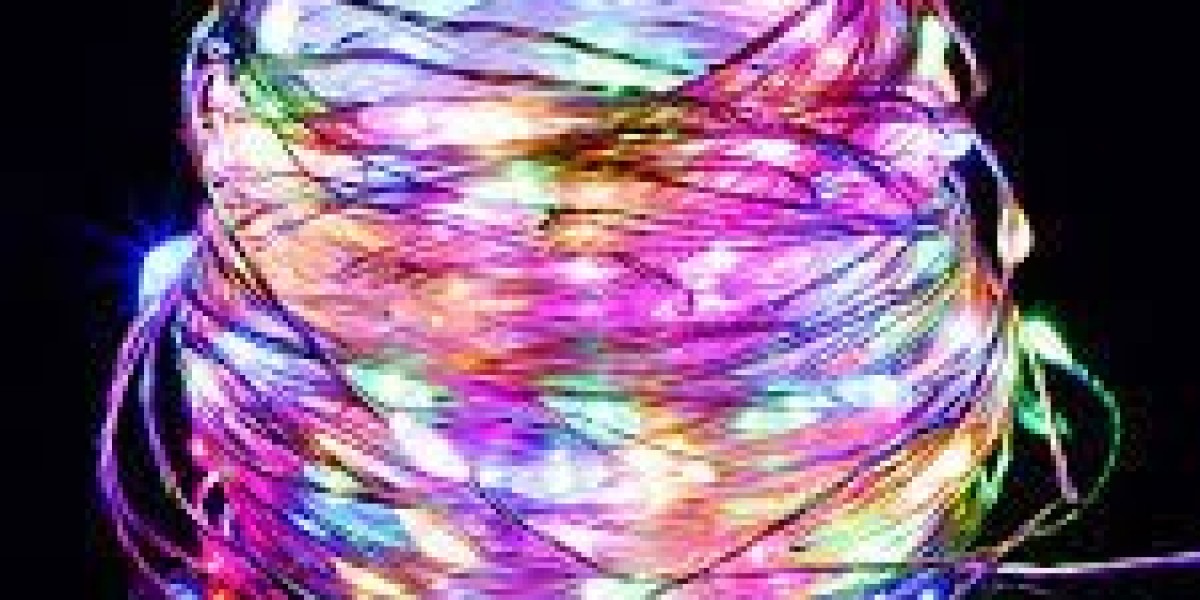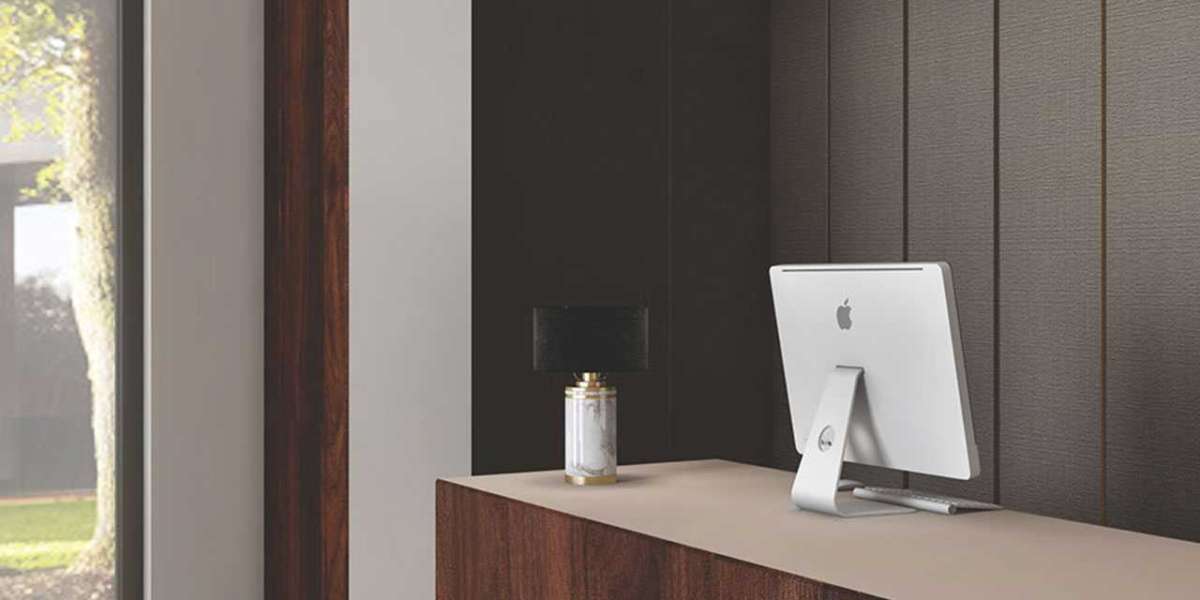Color temperature and shadows play a vital role in creating drama in both cinematography and photography. These elements have the power to influence the mood and emotion of a scene, allowing filmmakers and photographers to convey messages to the audience effectively.

The Magic of Color Temperature
Color temperature refers to the warmth or coolness of the light in a scene. It ranges from warm, golden tones to cool, blue tones. Depending on the chosen color temperature, a scene can feel either cozy and inviting or cold and distant.
For instance, warm color temperatures are often used to create romantic or nostalgic scenes, evoking feelings of warmth and familiarity. On the other hand, cool color temperatures can establish a sense of isolation or mystery, setting the stage for a suspenseful storyline.
Read more: Best Solution For LED Light Strips Falling Down
The Impact of Shadows
Shadows are a powerful tool for creating depth and contrast in a scene. They can evoke drama and tension based on their placement and intensity. Dark, deep shadows, for instance, are commonly used to indicate danger or suspense. On the contrary, soft, subtle shadows can create a sense of intimacy or vulnerability.
When combined, color temperature and shadows can produce breathtaking images that leave a lasting impact on the viewer. By manipulating the warmth or coolness of the light and the presence of shadows, filmmakers and photographers can capture both visually stunning and emotionally resonant moments.
Read more: Pool Noodle Lightsaber: An Easy Craft for Star Wars Day
Examples in Film
An excellent example of the masterful use of color temperature and shadows in film is Ridley Scott's Blade Runner (1982). The movie expertly contrasts warm, neon-lit city streets with dark, shadowy interiors, creating a captivating visual experience. These shadows enhance the sense of mystery and danger as the characters navigate the city's winding streets.
Another noteworthy example is Francis Ford Coppola's The Godfather (1972). Warm color temperatures are utilized to evoke nostalgia and a sense of family, while shadows are employed to convey secrecy and tension. The iconic baptism scene of Michael Corleone's nephew illustrates how color temperature and shadows can create a chilling atmosphere. The warm light of the church is juxtaposed with the dark shadows of the assassinations, resulting in a scene filled with horror and tragedy.
Read more: More Control and Flexibility
Examples in Photography
In photography, color temperature and shadows can be harnessed to achieve various effects. Warm color temperatures and soft shadows, for example, can imbue portrait photography with intimacy and closeness. Conversely, cool color temperatures and strong shadows can be used in landscape photography to create a sense of distance and depth.
Gregory Crewdson is a renowned photographer celebrated for his skillful use of color temperature and shadows. His captivating photographs often depict scenes that are simultaneously beautiful and eerie. By employing a combination of warm and cool color temperatures alongside deep, dark shadows, Crewdson crafts images that exude drama and tension. His series, Beneath the Roses, showcases his mastery of this technique.
Conclusion
Color temperature and shadows are two powerful tools in the arsenal of cinematography and photography. Through their careful manipulation, filmmakers and photographers can create scenes that are visually captivating and emotionally evocative. Whether it's the warm, golden tones of a nostalgic scene or the deep, dark shadows of a suspenseful moment, color temperature and shadows work harmoniously to tell stories and convey messages to the audience.
Frequently Asked Questions
1. How does color temperature affect the mood of a scene?
Color temperature sets the tone of a scene, influencing the audience's emotional response. Warm color temperatures evoke feelings of comfort and familiarity, while cool color temperatures create a sense of distance or mystery.
2. What role do shadows play in creating drama?
Shadows add depth and contrast to a scene, intensifying emotions and creating a sense of tension or danger. The placement and intensity of shadows can greatly impact the overall atmosphere.
3. Can color temperature and shadows be used together effectively?
Absolutely! When color temperature and shadows are used in conjunction, they enhance each other's impact. The combination can create visually stunning and emotionally powerful images that captivate the viewer.
4. Are there any notable examples of color temperature and shadows in film?
Yes, Blade Runner (1982) directed by Ridley Scott and The Godfather (1972) directed by Francis Ford Coppola are two renowned films that effectively utilize color temperature and shadows to create drama and atmosphere.
5. How can color temperature and shadows be leveraged in photography?
Photographers can use color temperature and shadows creatively to evoke specific emotions and create different effects. Warm color temperatures and soft shadows can foster intimacy in portraits, while cool color temperatures and strong shadows can enhance the depth and distance in landscape photography.








